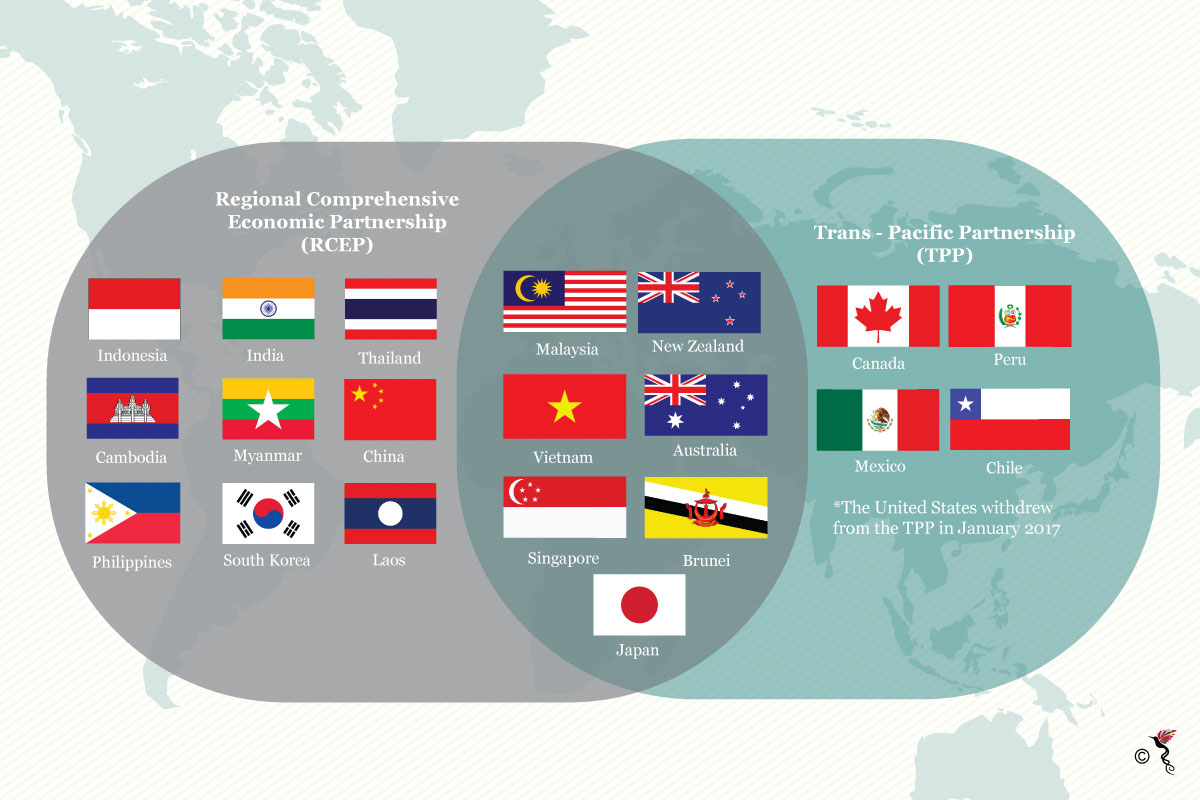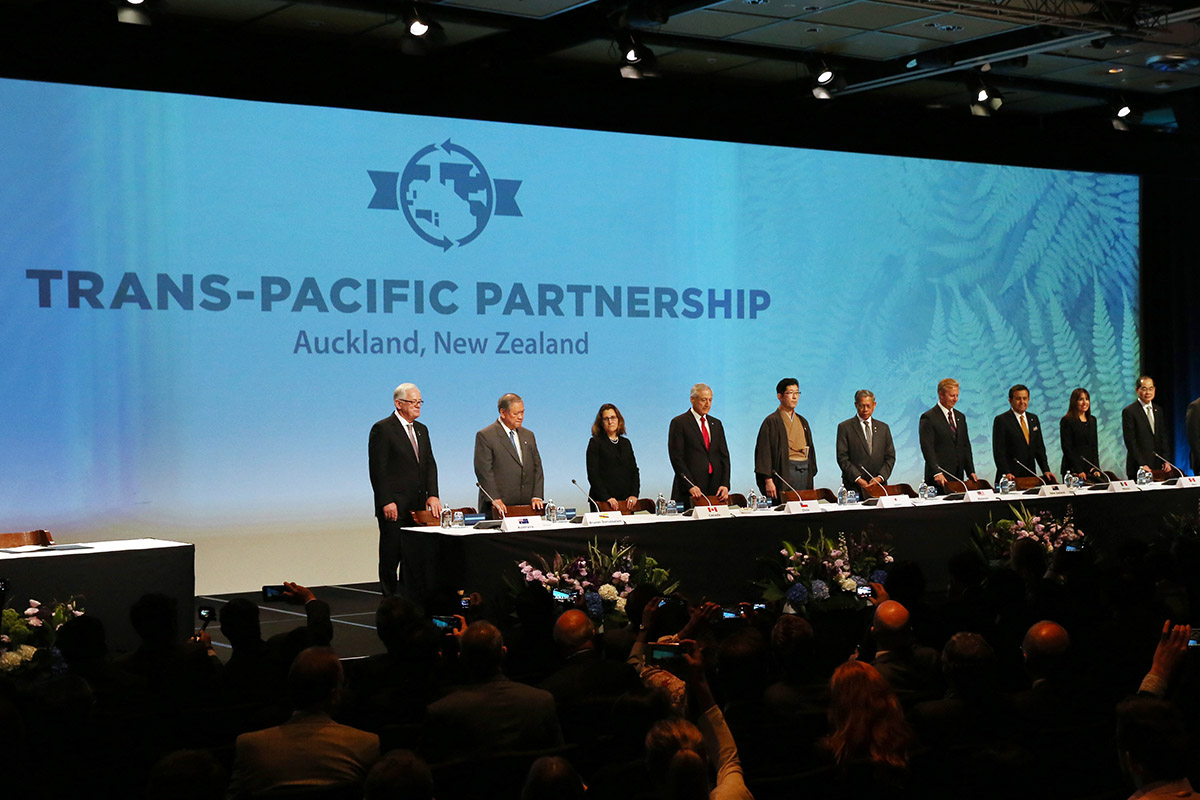The TPP (Trans-Pacific Partnership) may be dead in the water for the US (United States) after President Donald Trump signed an Executive Order in January rescinding his country’s commitments to the trade deal. However, the remaining 11 members are keen on pushing forward with the trade agreement even without the superpower in its fold.
“None of the TPP members have declared the agreement to be dead and it is very likely that it will keep going. However, with the absence of the US, countries would undoubtedly have to make some adjustments to its details. Specifically, pertaining to the GDP (Gross Domestic Product) requirements since the US, which made up the largest chunk GDP has withdrawn from the deal,” Su-Hyun Lee, Assistant Professor at the S. Rajaratnam School of International Studies, Nanyang Technological University, Singapore told The ASEAN Post in a telephone interview.
Led informally by Japan, negotiations have continued and the TPP-11 are looking to cement a new deal in Vietnam this coming November at the Asia-Pacific Economic Cooperation forum.
“We have made meaningful progress and look to implementing the pact as soon as we can,” Japan's chief negotiator, Kazuyoshi Umemoto told reporters after a meeting in Tokyo with other negotiators last week.
These latest developments are likely to also shape the commitments of ASEAN member states which are also involved in the RCEP (Regional Comprehensive Economic Partnership) trade deal, led by China.

Involvement of countries in the TPP and RCEP trade deals.
According to Lee, it is highly doubtful that member states which are included in both the TPP and RCEP would have to choose one over the other. Instead, their governments would be better off benefiting from both trade deals.
With the US no longer spearheading the TPP negotiations, the door is wide open for China to take advantage of the situation. However, as trade deals go, hammering one out is not something that can be accomplished within a short frame of time. Although Beijing has been pushing for a quicker completion of the RCEP, its development has been sluggish as countries take time to decide on provisions they want included or excluded in the deal.
The geostrategic importance of the two deals is monumental on both sides – the US and China. China will also be hosting its Chinese Communist Party Congress which is likely to see Chinese President, Xi Jinping cement his hold in the country for a second term and continue his policies for the next five years.
For Beijing, the RCEP is a means to achieve a grander vision of a development strategy, the BRI (Belt Road Initiative). The BRI is a key example of China, using the vines of the inherent liberal international order, to assert its hegemonic dreams instead of ideologically opposing the current order. The last time that happened, the Berlin Wall still stood tall. For the US, Trump’s unpredictability is threatening its position within the region. Previously critical of China for allegedly stealing American jobs, Trump is now less hostile towards Beijing ahead of what he hopes would be a “very successful visit” there in November.
Previously, RCEP was lurking behind the shadows of the TPP but with the US out of the picture, has taken centre-stage. Now more than ever, the geopolitics of this region is set to see interesting times.
